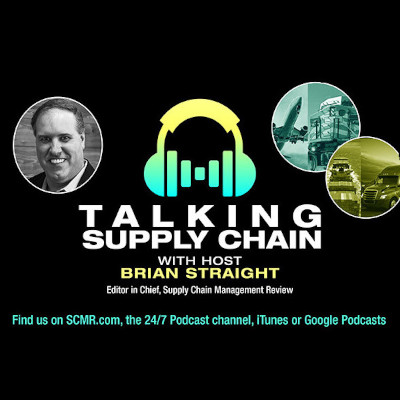Even as more organizations recognize the value of automating processes in controlling spend, many are not investing the necessary resources to do so.
A recent survey from JAGGAER found that even as 75% of global organizations have either maintained or increased their procurement and supply chain budgets, those budgets are not going as far as they used to. Over 40% of procurement teams said manual and inefficient processes are holding them back from fully addressing C-suite’s critical business priorities.
“Procurement and supply chain professionals are emerging as enterprise linchpins. C-suites are increasingly leaning on the function’s expertise and tools to advance key objectives, such as business continuity, responsible business practices, profitable growth, and competitive advantage. Our research shows that despite the strategic role procurement and supply chain teams play, these professionals remain underequipped, which presents a huge risk to organizations,” said Andy Hovancik, CEO at JAGGAER.
JAGGAER was acquired by Vista Equity Partners on Aug. 13 for an undisclosed price.
The research – Rising Influence: The State of Procurement in 2024 – is based on insights from more than 220 business leaders. It explores the rising strategic role of procurement and supply chain management.
Too much work, not enough resources
According to the report, 53% of procurement and supply chain managers and directors say that workload issues and inefficiencies are the top risks facing their organizations. They noted that if they had the right technology and more time, they could grow the business and drive competitive advantage (cited by 51%), increase profitability and lower costs (43%), improve internal efficiency (40%), and strengthen supplier relationships (31%).
The survey highlights a possible disconnect between procurement teams and executives. The Hackett Group’s 2024 Procurement Key Issues research released earlier this year found that the top issue for procurement professionals this year is cost reduction. And, a Boston Consulting Group found that 65% of executives are prioritizing supply chain and manufacturing costs to driving savings.
The JAGGAER research found that procurement is being tasked with playing a key role in cutting indirect expenses (49%), consolidating spend (48%), and re-negotiating supplier contracts (44%).
M. Todd Abner, founder, president and CEO of OMNIA Partners, a group purchasing organization, told Supply Chain Management Review that emerging technology platforms are making time- and resource-intensive tasks easier, and that is helping CPOs better analyze spending.
“Notably, taking advantage of this doesn’t have to be cost-prohibitive—some platforms are free through GPOs,” he says. “As a result, CPOs are able to make their limited budgets go further and spend more time and resources on growing their organizations and expanding their impact.”
Even with technology, though, CPOs are facing headwinds in terms of geopolitical challenges, supplier diversity requirements, and climate impacts to name a few. Abner says data helps address some of these challenges.
Tech modernization ongoing
In the JAGGAER survey, technology modernization is a priority, with 93% of IT teams indicating this, but 38% admitted to decreasing spending on function-specific technology. However, technology investment in supply chain and procurement are areas that have not seen cuts.
Procurement is looking for automation and AI that would help it with better decision-making (58%), RFP creation and evaluation (38%), PO management (35%), and invoice approvals for payment (31%). But, the JAGGAER research found that only a small percentage of teams are close to being fully automated. Many organizations lack automation in strategic areas such as supplier negotiations (58%), sourcing (44%), contract management (38%), and supplier identification and selection (37%), it said.
AI, the report found, would help procurement teams “identify the best places to reduce costs across the business (60%), be more efficient by handling routine tasks (56%), find alternative suppliers with better prices and quality (45%), work more collaboratively with suppliers (28%), and attract and retain talent by transforming digitally (11%).”
“The faster the C-suite invests in automation and AI to equip their procurement and supply chain teams to drive results in strategic areas, the faster the business will be able to hit its critical objectives and preserve its competitive edge,” said Dawn Andre, chief product officer at JAGGAER.
SC
MR


More Procurement Technology
- Embracing process mining as part of your digital transformation
- Early bird pricing expires soon for NextGen Supply Chain Conference registration
- The disconnect between procurement budgets and efficiency
- AI-driven sourcing: Why the speed of change is going to only accelerate
- Boeing turned to Fairmarkit, AI to help land its tail spend
- More Procurement Technology
What's Related in Procurement Technology

 Explore
Explore
Topics
Procurement & Sourcing News
- Aggregators sitting on the throne of Africa’s e-commerce supply chains: What lessons can we learn?
- Cross-border transport 2024: Navigating the surge
- Benchmarking the complexity of ESG reporting
- Looking back at NextGen 2024
- The Corporate Sustainability Due Diligence Directive
- How to make your CFO a supply chain superfan
- More Procurement & Sourcing
Latest Procurement & Sourcing Resources

Subscribe

Supply Chain Management Review delivers the best industry content.

Editors’ Picks




